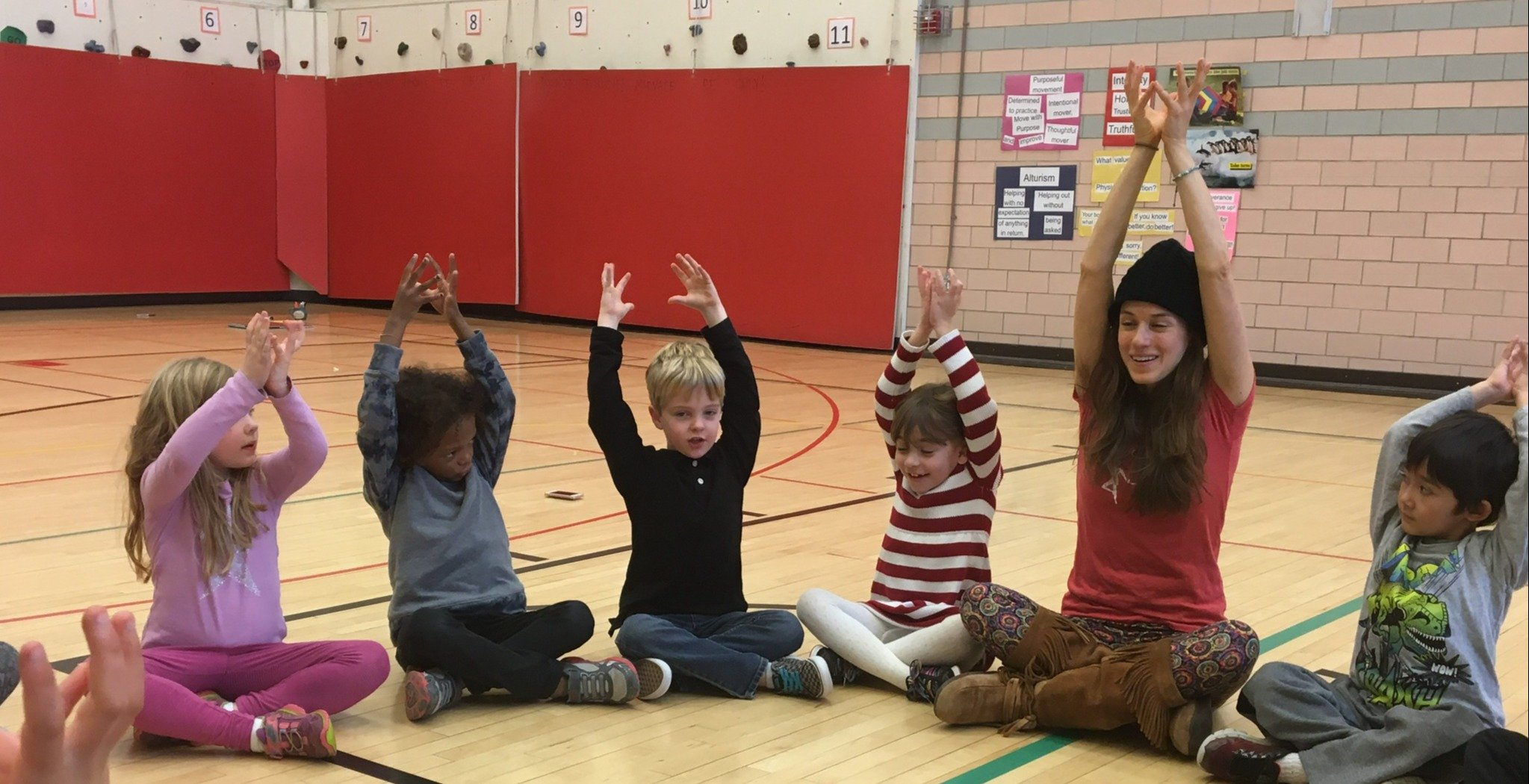4 Breathing Techniques to Use in the Classroom

Breathing is one of the most powerful tools we have in times of stress and anxiety because it's always with us! Children experience a wide array of emotions, and teaching them how to cultivate calmness within themselves allows them to process emotions and events more effectively. Here are 4 breathing techniques for students that will serve them in the classroom, at home, and beyond:
Three Collective Breaths:
This is one of our favorite breathing practices here at Breathe For Change because it incorporates community! Invite your students to take a deep breath together, inhaling slowly, then exhaling. Repeat this three times, inhaling and exhaling together as a group. Afterward, ask your students how they felt breathing together. Taking these three collective breaths fosters a sense of community in the classroom. This is a great practice before a test or a presentation to ease nerves and allow students to center themselves.
Cooling Breath:
The cooling breath technique is great to use when energy is high and it's time to cool down our bodies. Invite your students to make an O shape with their lips, as if they're about to sip from a straw or blow out birthday candles. Now, invite them to breathe in through this O shape, then exhale. Ask your students what this breath felt like as they inhaled. Did they feel a coolness on their tongue? Maybe a cool sensation at the back of their throat? Exploring how this breath made them feel shows them in times of high energy or stress, a cooling breath can help, literally, cool them down!
Belly Breathing:
In times of anxiety and stress, we often find that our breathing stays in our upper chest, creating shallow, short breaths. This chest breathing keeps our body in a sympathetic state, otherwise known as the "fight or flight mode." To tap into our parasympathetic state, or our "rest and digest mode," taking full, belly breaths is key. Invite your students to place their hands on their belly, and ask them to try to breathe down into their belly beneath their palms, observing the rise and fall of their belly as they breathe. You can even ask them to visualize a balloon filling up in their bellies as they inhale, and deflating as they exhale.
Flower Breathing:
Flower breathing can be a great way to assign a visual movement to our breath. Invite your students to create their "flowers" by placing their pinkies and thumbs together, leaving a gap between their palms and their other fingers open wide. You can suggest your students pick any kind of flower they like, envisioning the color of their flower. As they inhale, invite them to raise their "flowers" upward to the sky, opening for the sun. On the exhale, bring your arms back down to your chest, closing the hands like closed flowers. This is a fun way to bring a little mindful movement into your breathing practices as well by incorporating the stretch upward to the sky on the inhales!
These are four easy breathing techniques that you can incorporate in your classrooms, no matter what age your students are. Practicing these mindful breathing techniques in times of calmness better prepares them to turn to their breath when they are overwhelmed or stressed. It's one of the handiest tools you can equip your students with, because after all, their breath is always with them!
What breathing practices do you use in your classrooms? Let us know below!
In our 200-hour Wellness, SEL, and Yoga Teacher Training we delve deeper into breathing techniques, mindful movement, self-care, and SEL strategies to enhance your own well-being and the well-being of your students and community.

